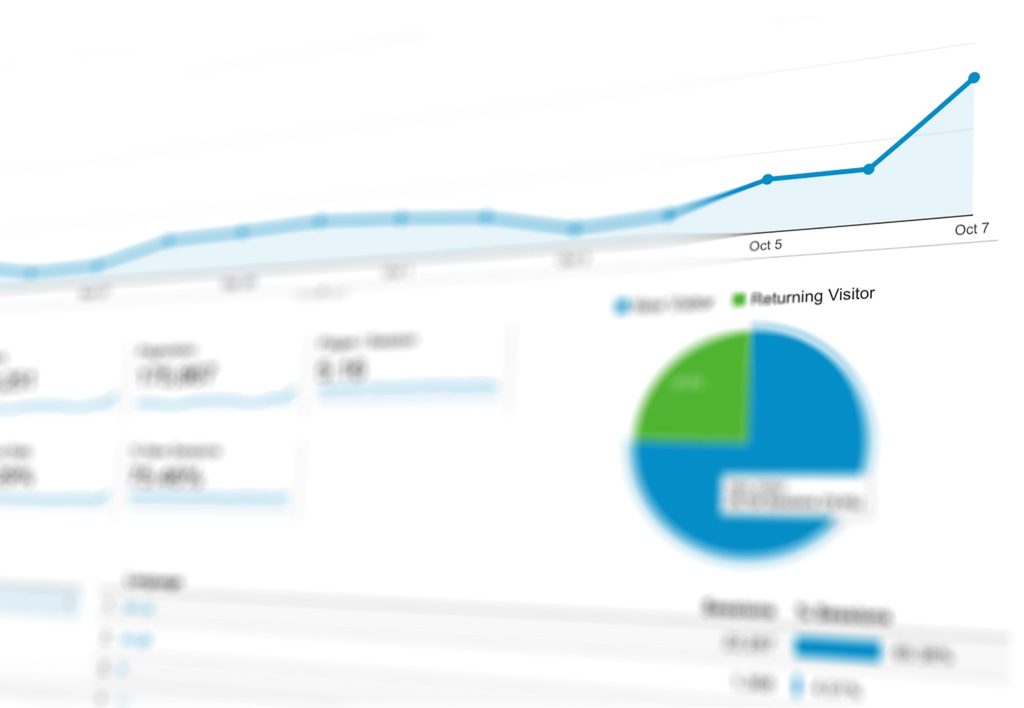1. 301 redirects
It can be a bit of a faff but it is vital that every page on your old site is redirected to a page on your new site. How long this takes will depend on whether you are drastically changing the sitemap structure and URLs but either way, you do not want to be losing any SEO authority due to broken links and lost link juice.Use Screaming Frog to ensure that you do not miss anything. Where you are redirecting old pages, be sure to point them towards the most relevant page. For example, redirecting a product page on the previous site to an about page on the new one will create a frustrating experience for the user, therefore hampering your SEO efforts.2. Canonical URL
On the subject of URLs, you need to choose your canonical URL and apply 301 redirects to all other versions of your domain URL. ‘What on earth is a canonical URL?’, I hear you ask. Let me explain – it is often the case that you have multiple variations of your website URL, for example:weareyellowball.com www.weareyellowball.com http://www.weareyellowball.com https://weareyellowball.comYou need to choose your preferred option and ensure that a rel=”canonical” tag is implemented into the header of your website to let Google know which is the canonical URL. This makes it easier for Google to crawl your website and anything that helps the search engines do their jobs can only be a good thing. Read more about canonical URLs in our SEO glossary.3. Sitemap
Sitemaps help search engines to navigate your site and discover all the content with ease. New URLs mean a new sitemap and you need to notify Google of this change. Therefore it is necessary to generate a new XML sitemap and submit to Google Search Console. Hopefully SEO has been a part of the project right from the planning stage and that your sitemap is clean and structured.4. Re-index
Whilst on the topic of Google Search Console, you will need to get the Google bots to re-crawl your site following the launch. When logged into your account, click on ‘Fetch as Google’ under ‘Crawl’ from the menu on the left hand side. Once on this page you will be able to fetch and render your site on both desktop and mobile.5. Tracking codes
Easy to forget but essential if you want to continue measuring your analytics and conversions (which of course you do!). Add your Google Analytics code to the new website as well as any social media conversion pixels, such as the Facebook pixel. We also recommend setting up event tracking and goal conversions within your Google Analytics.
Businesses invest both time and money into their marketing output and it is therefore important that you are able to accurately measure the return on investment. Event tracking allows you to measure actions on your website (e.g. clicks on the phone number); with the necessary code in place, you can then set up the corresponding goals to measure your conversions.
6. No index
When your new site is being hosted on a development site, it should be no indexed so that it does not appear in the search engine results pages. Make sure that the ‘no index’ tag is removed on launch, or else your site will be completely ignored by Google. It is also worth ensuring that ‘no index’ is applied to any pages that you do not want to be crawled, such as a ‘terms and conditions’ page.
7. Rankings
If you intend on measuring the impact of your new website on search engine rankings then you need to take a ‘before’ and ‘after’ record of the rankings. Don’t just stop there – continue to keep a close eye on the rankings following the launch of your new site so you can adapt your SEO strategy as appropriate.
8. NAP and Citation Consistency
Especially important if you have moved office, you will need to check your NAP and citation consistency across the web. These may sounds like hideous technical terms but they are actually very straightforward. NAP stands for name, address and phone, whilst citation refers to any mentions of your business across the web, such as in reputable directories.
You simply need to ensure that all mentions of your business and any corresponding business information are all accurate and consistent. There is little point having a cracking SEO strategy only for a potential client to show up at your old office instead of your new one. Hint: start with your Google My Business details…although that might mean locating and wiping the dust off your log in details!
9. Site speed
Any new website should be optimised for speed from the get-go. People are impatient and you don’t want to lose business just because of a few extra seconds of waiting time. Use Google Page Insights to test the speed of your new site and pay particular attention to the speed on mobile devices. If you are disappointed with the results then ask your development team to revisit the code, leverage browser caching and ensure all images are optimised. We have already roadmapped a number of changes to be made to our website to improve load speed – we just couldn’t wait any longer to launch.
10. Test
Extensive testing prior to pushing your new website live is pretty important to ensure a smooth launch. This testing phase should continue past the launch phase, as often there are small bugs that may not have been picked up initially. Broken links, missing content and dodgy formatting are all common issues that may arise but the key is to spot them before your clients do. You can use Jira, Trello or even a spreadsheet so that these amendments can be implemented in an Agile fashion.
Conclusion
This is by no means a comprehensive list but it at least provides a starting point to enable you to get the basics right. Transferring any previous SEO authority is important so you can capitalise on the new website and build on your rankings. Keep a close eye on your analytics post-launch to ensure all is as expected and don’t stop testing and improving as you move forwards.
Good luck!








